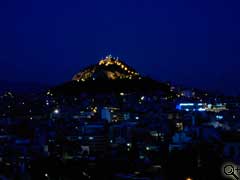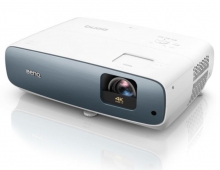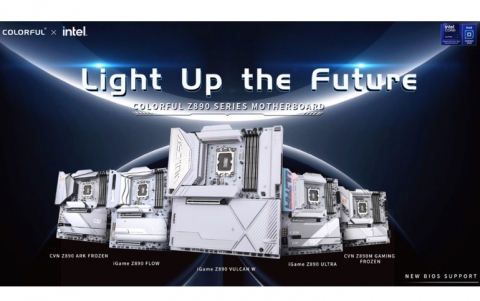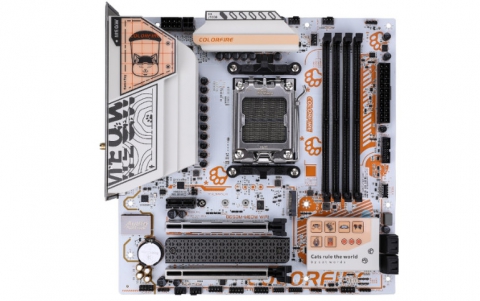BenQ DC C-50
6. Tests - Page 1
White Balance
The DC C50 has all the white balance settings you would expect from a modern digital compact. In addition to the standard auto WB mode, the C50 has five white balance presets (daylight, cloudy, incandescent, fluorescent 1 & 2), along with a useful manual setting. Though it could be much simpler to set the WB manually, the settings work quite well after you familiarize yourself with the menus, and the setting is held in the cameras settings even after you switch the camera off. The Auto WB mode works fine in daylight, cloudy weather or when using the flash. But when we tested the camera shooting indoors under incandescent or bluish fluorescent light, the Auto setting couldn’t always give an accurate estimation- though the results could be compared with much more expensive compact digitals. Thus, as with most compact digitals, it is recommended using the preset WB settings when you are sure of the type of lightning. Notice that all three pictures are under-exposed, but this is common o scenes containing large white areas and + EV compensation is always required. Nevertheless, these shots had no manual input as we wanted to see how the camera's automatic program would react by changing the light source.
 |
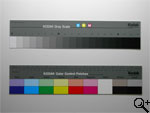 |
 |
Daylight - Auto WB |
Fluorescent - Auto WB |
Incandescent - Auto WB |
Flash Performance
The flash unit used by the DC C50 provides an average shooting range of 0,5
to 3m (at the wide end of zoom). Flash performance is adequate, though it
could
be better: the lack of the ability to reduce the flash’s power output
leads to over-exposures when shot in ranges closer than 1m, thus it should
be avoided.
Auto WB |
Barrel and Pincushion Distortion
As with most zoom lenses in this camera class, there is some Barrel distortion at the wide end of the zoom, while it’s not significant and won’t affect the average user. In the middle and telephoto end of the zoom though, there is no noticeable distortion, either barrel or pincushion.
Distortion - Wide end |
Distortion - Tele end |
Macro Performance
Nothing great about the macro performance, but it should cover the average flower or insect shooting session. As you can see you can get closer and get a greater magnification using the wide end of the zoom, while on the other end you'll enjoy much less distortion along with more usable working distances.
 |
 |
Wide zoom macro 89 x 68 mm coverage ~ 89 pixels/mm |
Tele zoom macro - 106 x 79 mm coverage ~ 24 pixels/mm |
Purple fringing/blooming
Pretty-much standard performance in this field too. Purple fingering can be found in high-contrast edges, especially when shooting against a strong light source. However its presence isn't too noticeable in most cases. What is noticeable and creates a bad impression is the below than average bokeh � the rendition of out-of-focus points of light. Part of this is due to the oversimplified 3-blade design of the diaphragm iris, and off course the spherical aberration which is very difficult to control in such small zoom lenses.
A good rule of thumb is shooting with the sun behind you as photographers were taught for generations.
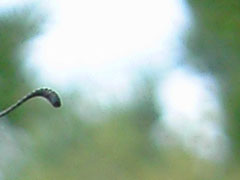 |
|
100% Crop |
ISO 100, F4, 1/400sec Full image |
 |
|
100% Crop |
ISO 100, F4, 1/400sec Full image |
Night Shots / Long time exposures
The DC C50 specs with 8 sec maximum shutter speeds makes you believe that night photography was not left out of the game by BenQ. But as a matter of fact, prolonged exposure could be this camera's weakest point. Noise is intolerable, despite the noise reduction procedure the camera automatically uses before storing the image - and thus slowing considerably the time between exposures longer than 1.5 sec. You could say that every 3 sec + exposed photo will contain beautiful RGB snowflakes, but this isn't something you would wish for.
ISO 100, F6.7, 2sec
|
ISO 100, F11 , 8sec |







